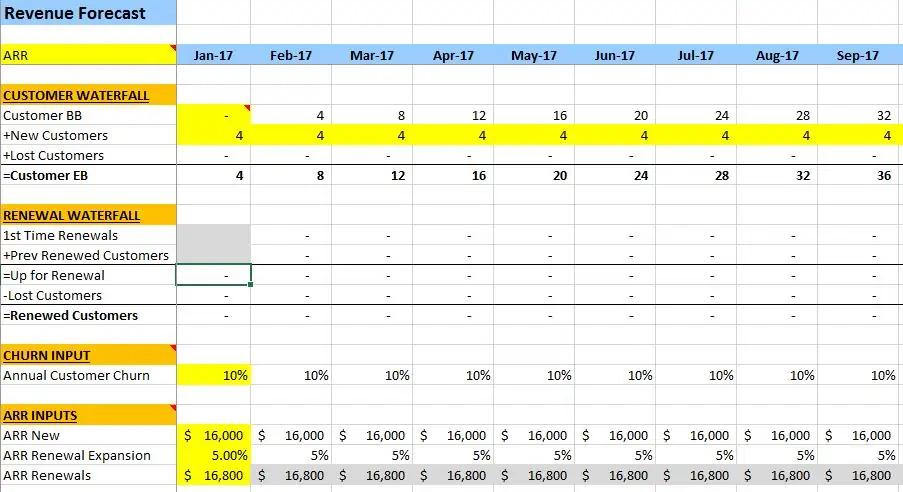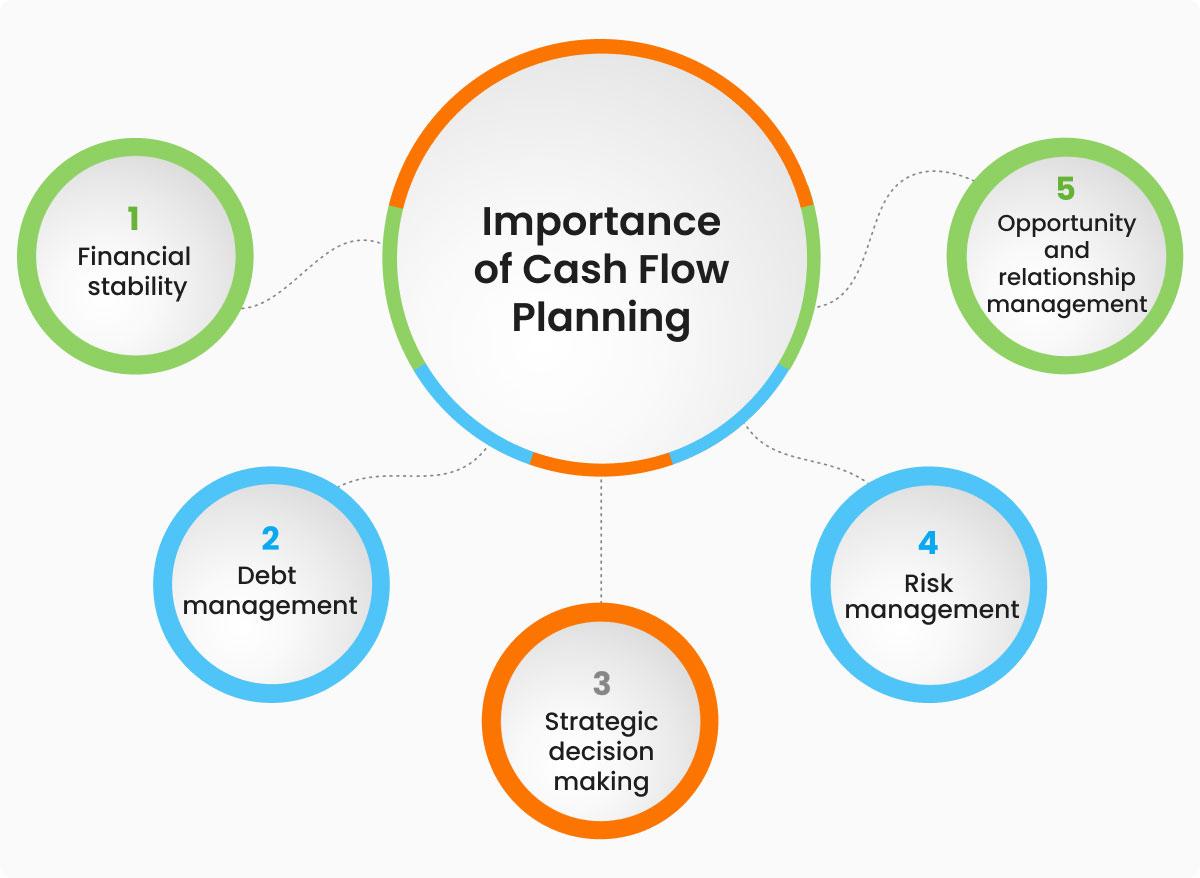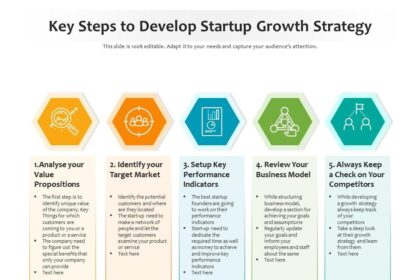In the dynamic world of startups, where innovation meets ambition, the heartbeat of success often resonates through the rhythm of numbers. Financial acumen is not merely a skill but an essential lifeline for entrepreneurs navigating the tumultuous waters of business development. “Mastering the Numbers: A Guide to Startup Financial Success” delves into the intricate interplay between financial management and strategic growth. Whether you are a first-time founder or a seasoned entrepreneur, understanding your company’s financial landscape is crucial in turning visionary ideas into sustainable ventures. This article aims to illuminate the path to financial proficiency, offering practical insights and actionable strategies that will empower you to take control of your startup’s fiscal health. Join us as we explore the fundamental principles of finance that can transform your business dreams into reality.
Understanding Startup Financial Fundamentals for Long-Term Growth
Understanding financial fundamentals is crucial for any startup aiming for sustainable growth. Startups operate in a fast-paced environment, and having a grasp of basic finance can provide clarity and direction. Key elements to focus on include cash flow management, budgeting, and financial forecasting. These components not only assist in tracking performance but also enable owners to identify potential financial pitfalls early on. A strong cash flow indicates the liquidity necessary for day-to-day operations and can also attract potential investors.
To effectively manage finances, startups should implement a structured approach. This includes creating a detailed budget plan that covers anticipated expenses and expected revenue streams. Regularly updating this budget while comparing it to actual performance can reveal trends and areas for improvement. Consider these essential practices:
- Regular financial audits: Ensuring accuracy in financial reporting.
- Expense tracking: Monitoring spending to optimize resource allocation.
- Revenue projection: Estimating future income based on market analysis.
Additionally, employing strategic tools such as financial dashboards can help visualize key performance indicators, enabling better decision-making. Establishing a forecast can guide companies in anticipating financial challenges before they arise, allowing for proactive measures to secure long-term success.

Crafting a Reliable Financial Model to Navigate Uncertainty
In an ever-evolving economic landscape, constructing a sturdy financial model is essential for startups aiming to thrive amidst ambiguity. A reliable financial model should encompass key variables that impact your business, allowing you to forecast revenue, expenses, and cash flow under varying scenarios. To develop this model effectively, consider the following elements:
- Income Projections: Project sales based on market research and historical data.
- Expense Breakdown: Categorize fixed and variable costs to understand where your money goes.
- Sensitivity Analysis: Evaluate how changes in key assumptions affect outcomes, preparing you for worst-case scenarios.
- Cash Flow Management: Ensure liquidity by forecasting cash inflows and outflows to tránh financial pitfalls.
A structured financial model not only helps in navigating uncertainty but also aids in securing investor confidence. Regularly updating and revisiting your model ensures it remains relevant as the market conditions evolve. Consider utilizing a table to track high-level assumptions against actual performance, which can provide insights into where adjustments may be necessary:
| Assumption | Projected Value | Actual Value | Variance |
|---|---|---|---|
| Monthly Revenue | $50,000 | $45,000 | -$5,000 |
| Monthly Expenses | $30,000 | $32,000 | +$2,000 |
| Net Profit | $20,000 | $13,000 | -$7,000 |

Navigating Funding Options: From Bootstrapping to Venture Capital
Navigating the world of funding is vital for any startup aiming for financial stability and growth. Bootstrapping, the practice of using personal savings or revenue generated from the business, can serve as an excellent way for entrepreneurs to maintain control and avoid debt. It encourages resourcefulness and innovation, pushing founders to be creative with their budgets. However, as the demand for resources expands, relying solely on personal funds can limit scalability. At this point, entrepreneurs often consider external funding options, which could involve a mix of angel investors, venture capitalists, or crowdfunding, each bringing unique advantages and challenges.
When evaluating external funding options, it’s crucial to understand the different stages of investment and the type of investors that align with your startup’s goals. Angel investors typically come in during the early stages, offering not just funds, but valuable expertise and networks. Venture capital, on the other hand, usually involves larger sums and is suitable for startups poised for rapid growth. To facilitate informed decision-making, a comparison of these options can be beneficial, as illustrated in the table below:
| Funding Type | Ideal Stage | Control | Potential Amount |
|---|---|---|---|
| Bootstrapping | Early Stage | Full | Variable |
| Angel Investors | Seed Stage | High | Up to $1 million |
| Venture Capital | Growth Stage | Reduced | $1 million and above |

Implementing Effective Cash Flow Management Strategies for Sustainability
Successful cash flow management is essential for any startup aiming for long-term sustainability. It requires a keen understanding of both incoming and outgoing funds, ensuring that you can meet obligations while also investing in growth opportunities. A few key strategies can significantly enhance your cash flow management practices:
- Accurate Forecasting: Regularly update your cash flow projections to reflect market changes and business growth.
- Streamlined invoicing: Implement clear invoicing processes and encourage timely payments to improve cash flow velocity.
- Expense Control: Monitor and categorize your expenses, identifying areas where you can cut costs or renegotiate terms with suppliers.
To further bolster your financial position, consider implementing a cash reserve strategy. Setting aside a portion of your earnings can provide a safety net during lean periods. Below is a simple framework for establishing a cash reserve:
| Criteria | Recommended Reserve | Purpose |
|---|---|---|
| Monthly Expenses | 3-6 Months | Cover operational costs during unexpected downturns |
| Growth Opportunities | 10% of Monthly Revenue | Invest in new projects or expansions |
| Emergency Fund | 1-2 Months | Address unforeseen expenses or emergencies |
To Wrap It Up
As we wrap up our exploration of “Mastering the Numbers: A Guide to Startup Financial Success,” it’s clear that financial acumen is not just a skill but an essential cornerstone of entrepreneurship. The journey from ideation to execution is fraught with challenges, but understanding your financial landscape transforms ambiguity into clarity. By mastering your numbers, you equip yourself with the tools to make informed decisions, attract investors, and ultimately, propel your startup toward sustainable growth.
Remember, the art of finance is not merely about spreadsheets and profit margins; it’s about storytelling—the narrative your numbers weave about your business’s potential. As you embark on this journey, remain adaptable and constantly seek knowledge, for the world of finance is ever-evolving. With the right mindset and strategies in place, you’ll not only navigate the complexities of your startup’s finances but also unveil new opportunities for innovation and success.
So, embrace the numbers, learn from them, and let them guide you toward the business future you envision. Here’s to mastering the numbers and achieving the financial success your startup deserves!



